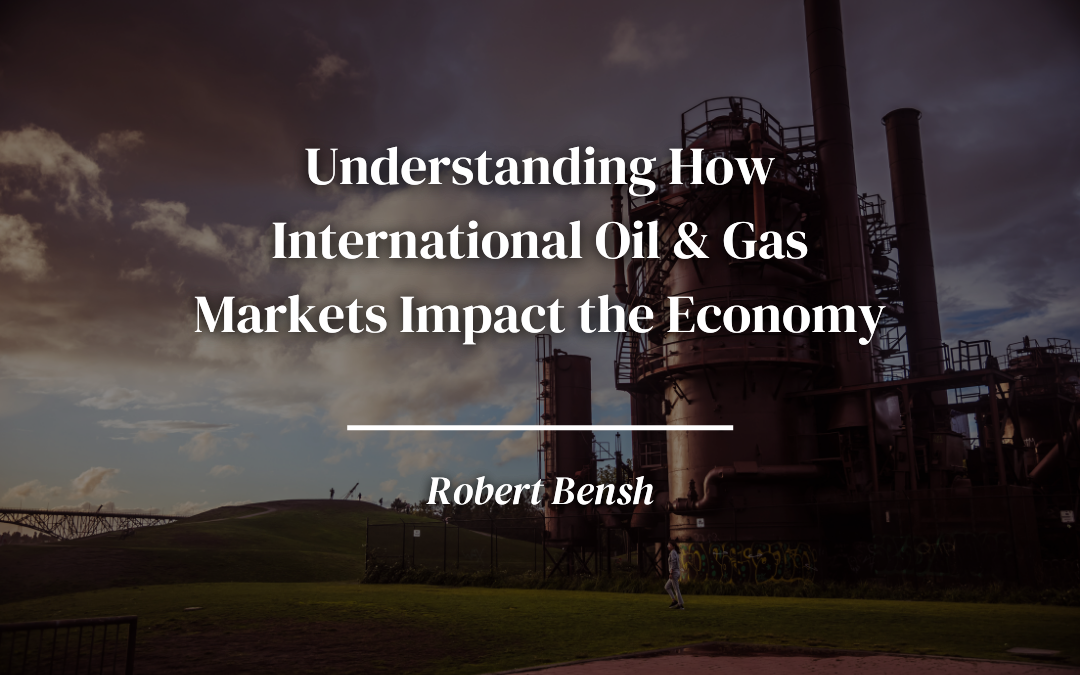During the pandemic in 2020, the demand for oil dropped dramatically due to the economic crisis. Since then, the price of oil has risen. This is because the recovery in the economy has led to a rise in demand, which also pushes up the price of oil. However, geopolitical tensions between Ukraine and Russia are contributing to rising concerns about the oil supply.
The production of petroleum products accounts for around 3% of the world’s GDP. They can be found in various products and industries, such as plastics, chemicals, and fertilizers. The global shift toward sustainability may eventually lead to a reduction in the low price elasticity of the demand for oil. However, it’s still important to understand how this change affects the supply and demand of oil. According to Maciej Kolaczkowski, the oil and gas industry manager at the World Economic Forum, the key factors influencing oil prices are the global economy and the energy transition.
Rising oil prices
During the COVID-19 pandemic two years ago, the economic activity and oil demand dropped dramatically. Because of this, producers had to adjust their production levels. However, they were also dealing with a limited storage capacity and uncertainty about the economic crisis’ severity. These factors contributed to the sudden decline in the price of oil. At one point, oil prices went as low as $40.
After the pandemic, the demand for oil and oil products started to recover. It’s believed that the current demand has been at its highest since the pandemic’s beginning. This is because the economic recovery has led to a rise in oil demand. When the pandemic started, many people expected that the reduction in carbon dioxide emissions would be significant. However, these expectations were quickly realized. It’s now estimated that emissions are still higher than before the pandemic.
Despite the increase in the demand for oil, the supply of oil has not been able to meet the needs of the world’s consumers fully. This is because the Organization of Petroleum Exporting Countries (OPEC) has limited spare capacity and is still cautious about overproducing the market. In addition, the long investment cycles and lack of access to unconventional resources are also hindering oil production growth.
All producers are still cautious about their capital allocations. They learned lessons from the oversupplied market and are now more likely to hold or decrease their investment to maintain and grow production. This is because the pressure is on them to invest in green projects.
Cost of inflation
If the price of oil were to double tomorrow, it would impact inflation. However, it would not be a major driver of the inflation rate because loose monetary policies are the main factor influencing oil prices. Although oil prices aren’t the main driver of inflation, they are still important. Because of how they are used and how they affect almost every aspect of the economy, they are still significant. An increase in the price of oil can be seen at gas stations, but it can also affect the prices of various products and services. Because oil is a vital part of our energy supply, it is used in almost every aspect of the transportation system.
The true cost for consumers
Although people tend to think about the price of gas when it comes to inflation, they might not realize that the cost of other products and services is also included in the price of oil. In addition to being an energy source, oil is also a significant contributor to the government’s revenue. In fact, about 50% of the revenue the government collects from fuel sales is due to taxes. Even though oil prices fluctuate, the government collects around 70 to 80 cents from every 1.50 that consumers spend on gasoline.
High oil prices can be a challenge for importing nations. On the other hand, they can also be advantageous for exporting countries. Because of the price changes, the profit margin between oil-consuming and oil-producing nations can shift.
Orderly energy transition
High oil prices can also benefit electric vehicles (EV) and other alternative mobility solutions. However, they do not directly impact renewable energy. In reality, renewable energy is not a replacement for oil. The assumption is that people would want to use renewable energy to drive the demand for EVs. However, in the real world, this is not the case.
On the other hand, low oil prices have negatively affected the development of sustainable mobility solutions. It’s believed that the current market conditions have caused the lack of demand for electric vehicles and other alternative mobility solutions.
What does the future hold for oil?
Although it’s difficult to predict the future price of oil, it is believed that the price will continue to fluctuate. It’s also very unpredictable. Oil price will eventually reach $100 or more and it’s not likely to stay that way for long. In the medium term, the supply will catch up with the demand growth, which should help ease geopolitical tensions. However, in the long-term, the demand will eventually plateau and decrease. The key to this is when exactly this will happen. Some experts believe it will happen in a few years, while others think it will take a few decades.
There is a lot of pressure to stop the production of oil as the world moves toward a sustainable energy transition, but it’s also important to understand that we still need the supply. The energy transition is a task that everyone should be involved in, not just for “Big Oil.” If the transition is not coordinated between the supply and demand sides, it could cause volatility.
